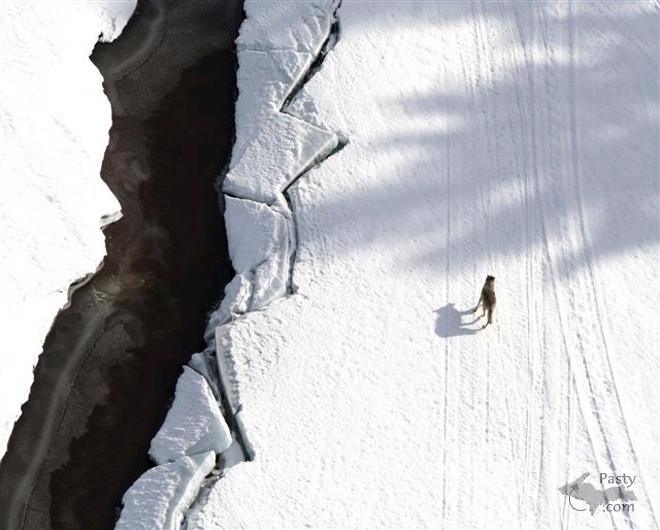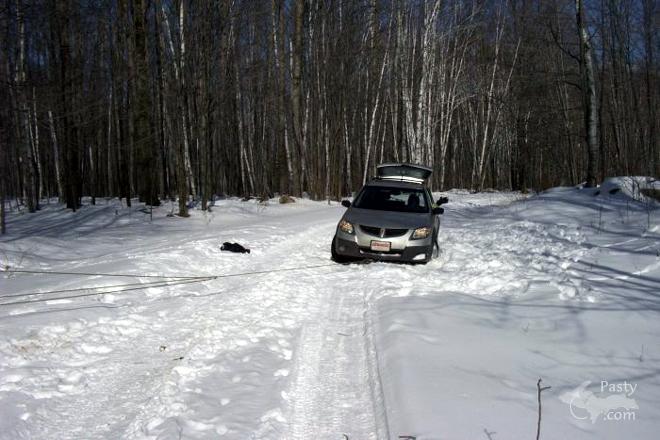By D. A. (Midwested) on Saturday, March 24, 2018 - 06:41 pm:
I’ve watched the various government bureaucracies and academic interests and the public debate the Isle Royale declining wolf issue beginning about 7 or 8 years ago. The foundation of the “hands off” policies rest primarily upon the 1976 National Wilderness Act, and on one of its phrases “an area where the earth and its community of life are untrammeled by man, where man himself is a visitor who does not remain”, and most specifically on that word “untrammeled”.
There are exceptions allowed in the Wilderness Act that allow for man to take corrective action if humans created a problem with a good example being a man made forest fire. There are two prominent acts that could be seen as man affecting the wolf population.
1) Several years ago, a pet dog owner introduced the canine parvovirus that infected the wolves and
2) The existence of man-made global warming/climate change has prevented more frequent ice migration. (One’s acceptance of “man-made global warming” is a bit beside the point as most everyone involved in the debates accept it).
Both of these things have presumably contributed to the downfall of the wolf population, therefore it is legal for man to take corrective action.
There are almost 800 locations in the U.S. designated as National Wilderness areas. Of those only about 60 are in National Parks. The others are administered by the Forest Service, Bureau of Land Management and the Fish & Wildlife Service. There are all sorts of examples where man-made corrective actions have been taken across the many areas but there are 2 other things make Isle Royale’s situation somewhat unique. The wilderness area takes up almost the entire national park area, only Rock Harbor, Windigo and Mott Island are excluded. In the other 60 National Parks with wilderness areas, typically a smaller portion of the whole is wilderness. Lastly, the entire island was declared International Biosphere Reserve in 1980. There are about 30 other, much smaller international biospheres in the U.S.
I agree with Duane that seemingly illogical bureaucratic power and money make these decisions. The National Park Service has been fighting against this for 3 years but in this case I think maintaining the wolf population is probably the wisest course of action.
By FRNash/PHX, AZ (Frnash) on Saturday, March 24, 2018 - 08:01 pm:
Interesting.
1. This from the Detroit Free Press, Dec 4, 2017:
(click →) "Isle Royale likely down to 1 wolf — here's why it's a big problem".
It wasn't that long ago when the Isle Royale moose population was declining due to a severe tick infestation.
2. This from MTU,
(click →) "Ticks Reduce Isle Royale Moose Population"¹.
(¹ The article appears to be dated "3/5/02", yet it refers to the 2003 survey. (?)
By D. A. (Midwested) on Sunday, March 25, 2018 - 01:14 pm:
FRNash,
Your first article gets to the crux of the concerns which only starts with a dramatic increase in the moose population. Wolves are normally the highest reason for moose mortality. Now it will be starvation as the next negative aspect kicks in which is the decimation of most of the young Balsam Fir and Cedar, which is the favorite Winter diet of moose.




























 Printed on Recycled Internet
Printed on Recycled Internet
